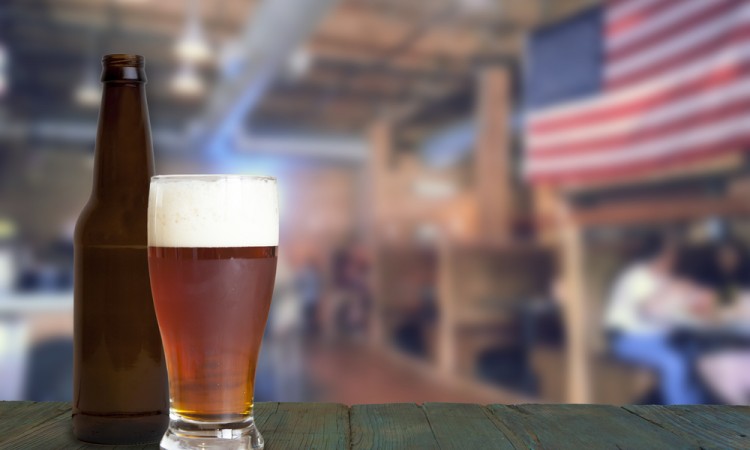On this Independence Day, we give thanks to those in history who were responsible for the Declaration of Independence and the freedoms we enjoy. While not specifically in the document, we Americans have long enjoyed the freedom to brew and to choose to “drink local.” This dates back to George Washington, who grew hops and malted barley at this Mount Vernon estate for brewing beer at home. Expressing his independence and freedom to brew, Washington once wrote: “We have already been too long subject to British Prejudices. I use no porter (beer) or cheese in my family, but that which is made in America.”
That freedom to home brew went away with prohibition in 1919. Interestingly when prohibition was repealed in 1933, this freedom was not restored. It wasn’t until almost 60 years later when Senator Alan Cranston of California wedged the freedom to home brew into HR 1337; a bill which was mostly about taxation on large vehicles and estate and trust taxes. Credit also goes to President Jimmy Carter who signed the bill into law in 1978.
Shortly after the repeal of what I call “home brew prohibition,” Ken Grossman opened up a homebrew shop in Chico, CA which eventually led to his founding of Sierra Nevada Brewing. Many home brewers followed and some opened up craft breweries of their own, kicking off the craft brewing revolution we are enjoying today.
So as you raise a glass in celebration of our independence and freedoms, don’t forget those responsible for our freedom to brew.
Cheers!
Paul Tecker
Founder & Brewer H2OPS™ hop water
H2OPS and the hop drop logo are trademarks of H2OPS LLC.


